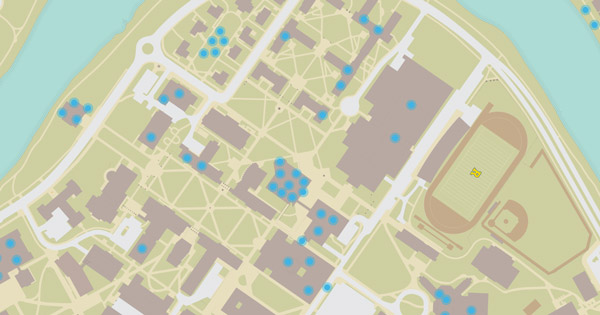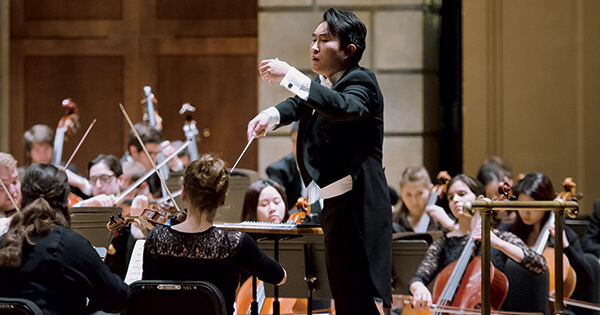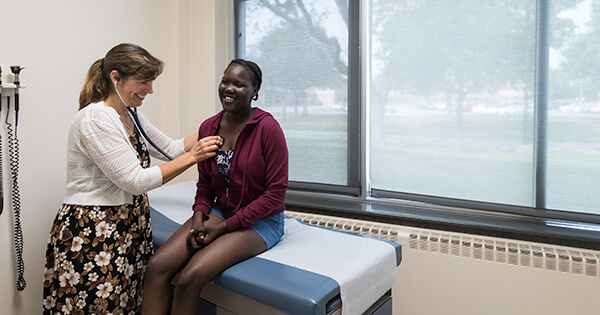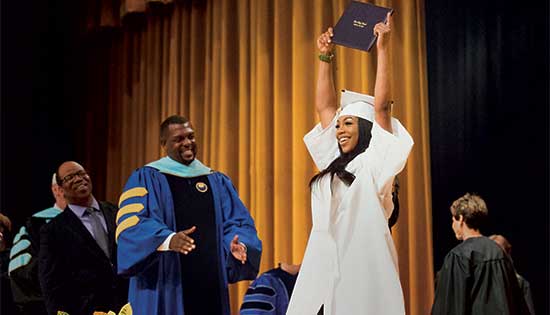Some recent Hajim faculty achievements
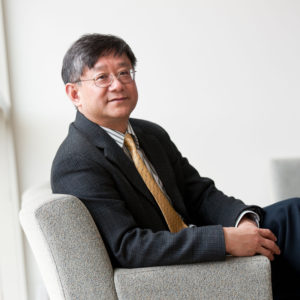
The lab of Xi-Cheng Zhang, the M. Parker Givens Professor of Optics, has created a buzz by being the first to create terahertz light from water. This was an international collaboration with groups at universities in China and Russia, using the effects of femtosecond pulses on water. The researchers believe this work will contribute both to the study of laser-liquid interactions and the creation of new terahertz sources. Read more here.
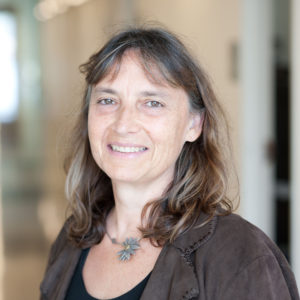
Jannick Rolland, the Brian J. Thompson Professor of Optical Engineering, and PhD student Jacob Reimers describe in Light: Science and Applications how they used freeform optics to design a spectrometer that is five times more compact than similar spectrometer designs using more conventional mirrors; allows a three-fold increase in the bandwidths analyzed; and is 65 times more effective at correcting aberrations that affect field of view and resolution. “That is the power of freeform optics,” says Jannick. Read more here.

Kevin Parker, the William F. May Professor of Engineering and dean emeritus of engineering, is the author of a featured article in Physics in Medicine and Biology, based on models developed at the University of Rochester that defines the possible mechanisms in the brain that could be activated in elastography studies, to better diagnose conditions of the brain.

Thomas Howard, assistant professor of electrical and computer engineering, has received funding from the National Science Foundation to collaborate with researchers at Carnegie Mellon on using a probabilistic planning framework to adapt the behavior of underactuated robots, such as humanoids or legged platforms, which have the potential to perform work in constrained environments. Applications could include urban search and rescue, industrial inspections, and planetary exploration. Read more here.
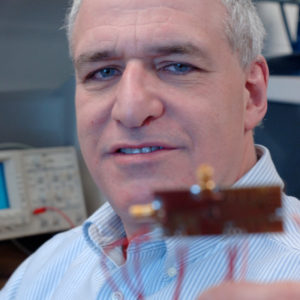
Eby Friedman, professor of electrical and computer engineering, has received an NSF grant to develop accurate, efficient models of magnetic tunnel junctions, an emerging technology for advancing the evolution of microelectronics needed to drive the world of computing, communications, defense, automation, transportation, and health. Read more here.
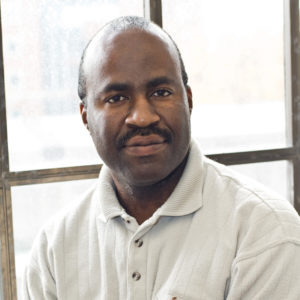
Marvin Doyley, associate professor of electrical and computer engineering, and his co-investigators—Qiang Lin, associate professor of electrical and computer engineering and Catherine Kuo, associate professor of biomedical engineering—have received NIH funding to develop high performance tunable transducers for cardiovascular imaging, specifically to detect vasa vasorum hyperplasia in the small blood vessels that supply the walls of larger arteries and veins. This form of hyperplasia contributes to atherosclerosis and increases the risk of heart attacks and sudden cardiac deaths in individuals with cardiovascular diseases. Read more here.
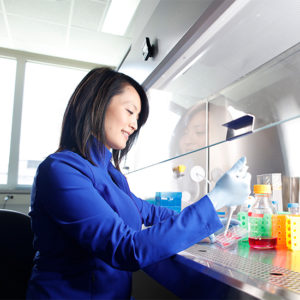 Catherine Kuo is also PI on a NIH-funded project involving fellow BME faculty members Hani Awad, Edward Brown, and Mark Buckley. Based on promising results from previous research with chicken embryos, they will further explore the role played by lysul oxidase (LOX)-mediated cross linking in regulating developing tendon mechanical properties. Eventually the researchers hope this will lead to new LOX-targeted therapies using stem cells to promote healing in injured tendons, which are often slow to recover.
Catherine Kuo is also PI on a NIH-funded project involving fellow BME faculty members Hani Awad, Edward Brown, and Mark Buckley. Based on promising results from previous research with chicken embryos, they will further explore the role played by lysul oxidase (LOX)-mediated cross linking in regulating developing tendon mechanical properties. Eventually the researchers hope this will lead to new LOX-targeted therapies using stem cells to promote healing in injured tendons, which are often slow to recover.

Assistant professors Douglas Kelley and Jessica Shang and Professor Emeritus John Thomas in mechanical engineering have received a National Institute on Aging award for their exciting collaboration with Maiken Nedergaard, professor of neurology. Maiken is the PI for their project studying why the brain’s glymphatic system, which clears protein waste products, appears to degenerate in Alzheimer’s disease and other neurodegenerative diseases. Read more here.
Support our Faculty
Help advance the scholarship, research, and teaching acumen of our faculty. To learn more, contact Eric Brandt, Executive Director of Hajim School Advancement, at (585) 273-5901.
—Kristine Thompson, October 2017



